We are pleased to announce that we are continuing the mini-course series on vacuum electronics technology in conjunction with the 21st International Vacuum Electronics Conference that will be held in Monterey, California on April 20-23, 2020. The mini-course will be held on Monday, April 20, 2020 at the Marriott Conference Center in Monterey. This year’s lectures will focus on the science and technology of vacuum electronics devices covering the theoretical physics and modeling, fabrication methods, and design considerations for space-based devices.
Attendees at this minicourse can obtain an IEEE Certificate that offers Continuing Education Units (CEUs) and Professional Development Hours (PDHs) for attending. An IEEE Certificate is a guarantee of educational quality and a credential that engineers can proudly share. In order to receive this you would need to make sure you fill out an evaluation form onsite and hand it back in to the IVEC registration desk.

| 2020 Presenters and Presentations |
 Dr. Frédéric André Basics of TWT Amplifiers (8:15 - 10:00 a.m.) Dr. Frédéric André is presently acting as product line architect at Thales AVS. He develops traveling wave tubes for space applications in Vélizy-Villacoublay (France) and Ulm (Germany). His interests extend to advanced concepts including Hamiltonian time domain model of TWTs, carbon nanotube cathodes, and sub-terahertz TWTs. |
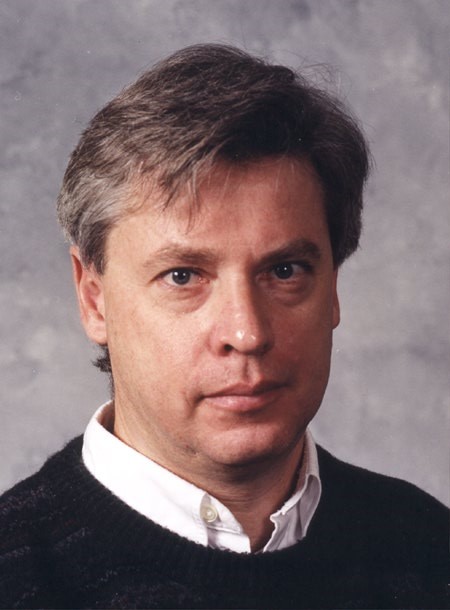 Prof. Tom Antonsen Vacuum Electronics Theory, Modeling & Simulation (3:00 - 4:45 p.m.) Prof. Thomas M. Antonsen, Jr., is currently Distinguished University Professor, Professor of Physics, and the Electrical and Computer Engineering Professor of Electrophysics at the University of Maryland. His research interests include the theory and design of high-power sources of coherent radiation. He is the author and coauthor of over 450 journal articles and co-author of the book Principles of Free-electron Lasers. Antonsen will give an overview of different approaches to modeling vacuum electronic devices. |
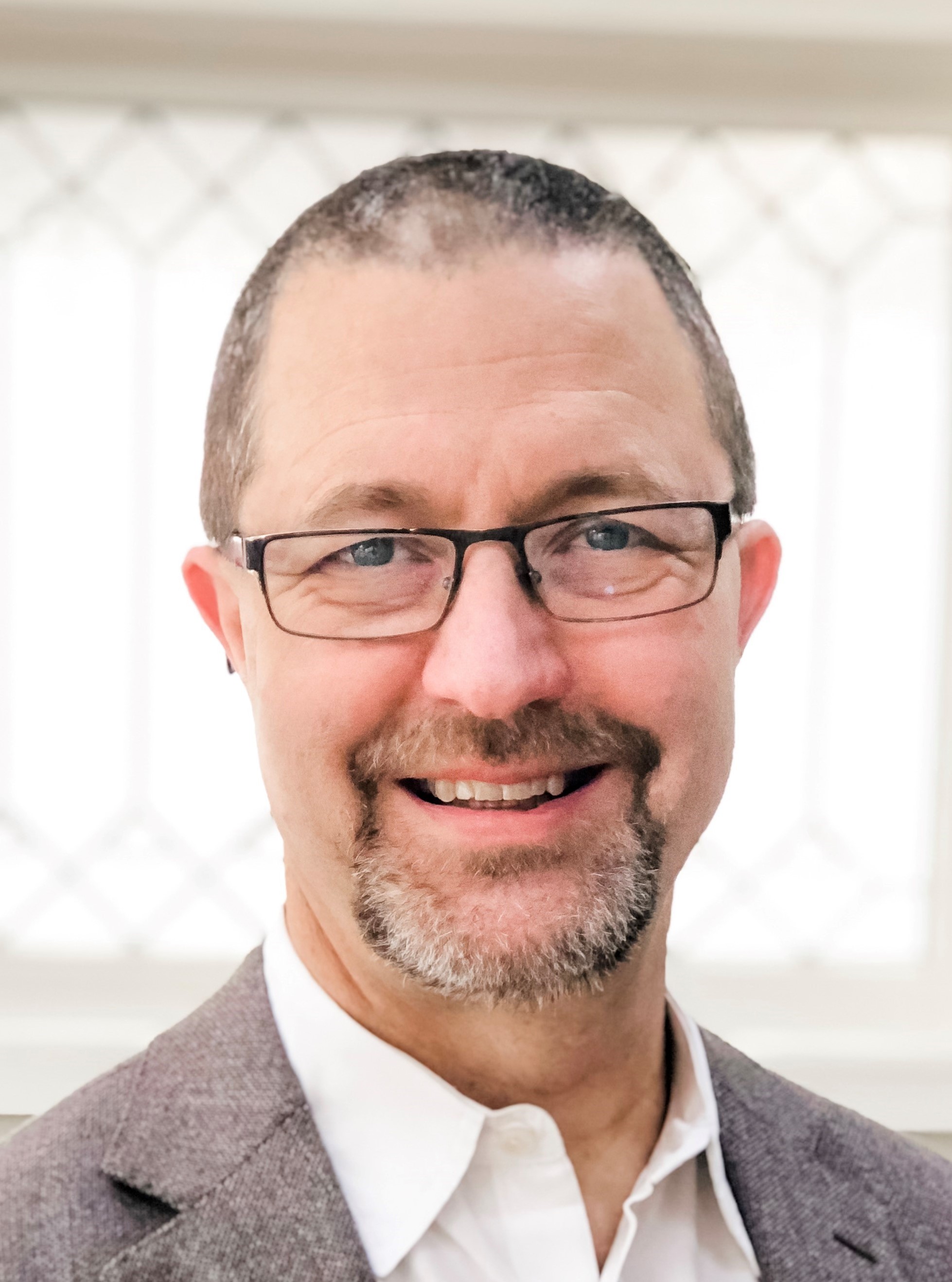 Prof. John Booske Linear Beam Theory (1:00 - 2:45 p.m.) Dr. John Booske is a Vilas Distinguished Professor of Electrical and Computer Engineering at the University of Wisconsin-Madison, where he has been a member of the faculty for 30 years. His interests span many topics, involving sources and applications of electromagnetic fields and waves. He will present an introduction to the fundamental physics and design principles of linear-beam vacuum electronic devices. |
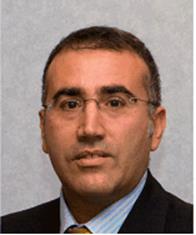 Mr. Roberto Dionisio Spaceborne TWTs (10:15 a.m. - 12:00 p.m.) Mr. Roberto Dionisio is presently a microwave engineer at the Radio Frequency Equipment & Technology Section (TEC-EFE) of the European Space Agency. He has been in TWT and Klystron design, including developing and manufacturing domains, for the past 30 years, He will lecture on reliability aspects along the life cycle (from design to market) of TWT for space applications. |
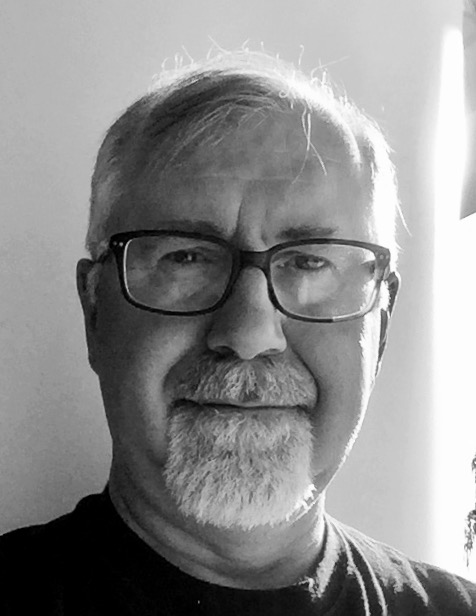 Mr. Scott Forrest Brazing Science and Engineering for Vacuum Electronic Devices (8:15 - 10:00 a.m.) Mr. Scott Forrest is a senior process engineer at Communications and Power Industries (CPI), and has primary responsibility for brazing at its Palo Alto facility. His areas of expertise include brazing, metallurgy, ceramics, metallizing, microwave loss materials, and furnace control systems. He will lecture on brazing microwave devices, discussing the practical aspects and the underlying science of brazing. |
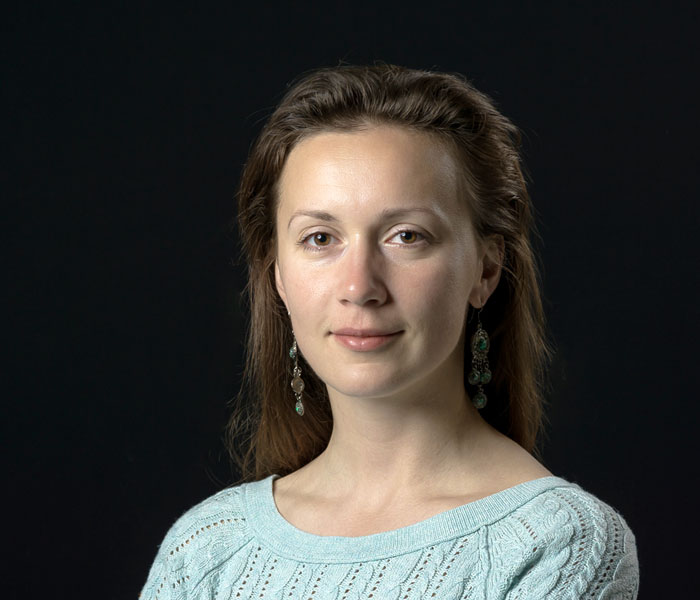  Dr. Diana Gamzina and Prof. Timothy J. Horn Additive Manufacturing for Vacuum Electronics (10:15 a.m. - 12:00 p.m.) Dr. Diana Gamzina joined the SLAC National Accelerator Laboratory in 2017 as a staff scientist. Her interests include mechanics of materials' interaction with electromagnetic waves, micro to nano scale, as well as additive material synthesis techniques, and development of miniature high-frequency RF sources. She and Professor Timothy J. Horn will give a lecture on additive manufacturing for vacuum electronics. Dr. Timothy J. Horn is an assistant professor in the Department of Mechanical and Aerospace Engineering at NCSU. He is also the Director of Research for the Center for Additive Manufacturing and Logistics, and the Director of the Consortium on the Properties of Additive Manufactured Copper. His research focuses on developing new metal materials for additive manufacturing technologies. |
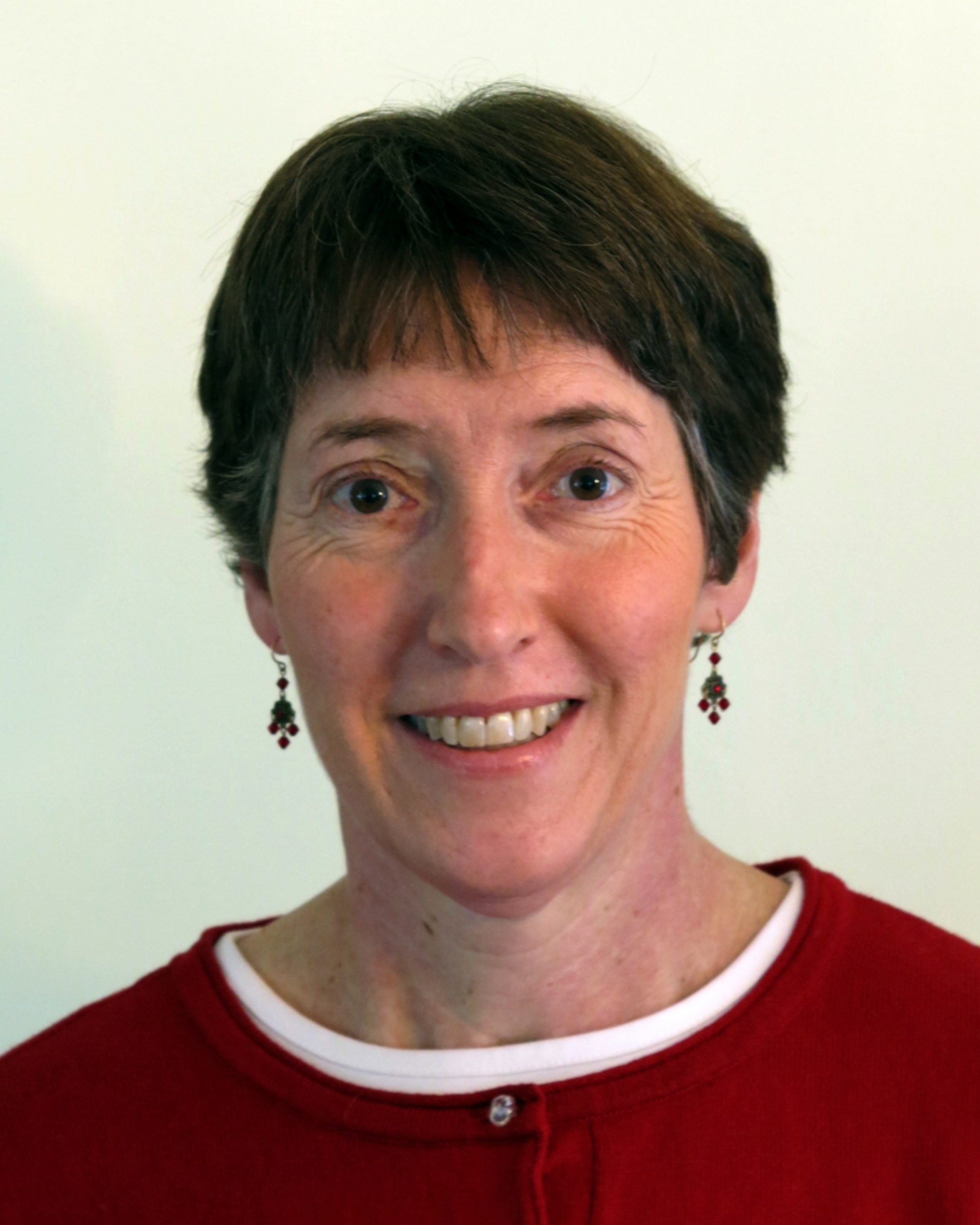 Dr. Joan Yater Cathode Emission Mechanisms and Characteristics (3:00 - 4:45 p.m.) Dr. Joan Yater is a research physicist in the Electronics Science and Technology Division at the Naval Research Lab, where she has conducted experimental research on the electron emission properties of electron sources for vacuum electronic device (VED) applications. She will lecture on the emission physics and characteristics of thermionic cathodes, secondary/photo emitters, and field emitters used in VED technology. |
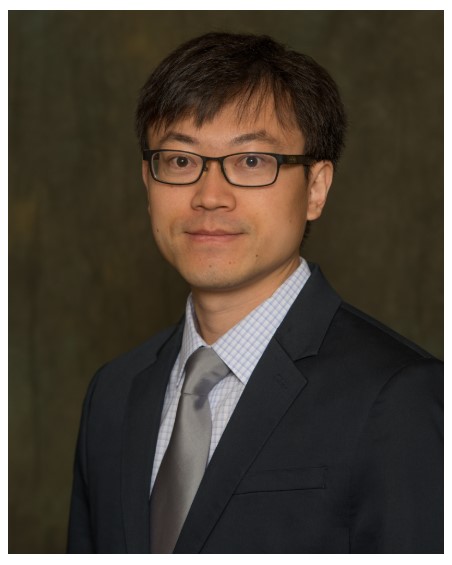 Dr. Peng Zhang Multipactor, Breakdown Susceptibility (1:00 - 2:45 p.m.) Dr. Peng Zhang is currently assistant professor in the Department of Electrical and Computer Engineering at Michigan State University. He received his Ph.D. in nuclear engineering and radiological sciences from the University of Michigan, Ann Arbor, in 2012. His research interests are in the theory and modeling of nanoelectronics, plasmas, and accelerator technology. In this tutorial, he will give an introduction to the physics of multipactor, breakdown susceptibility, and its mitigation in space-based RF systems. |